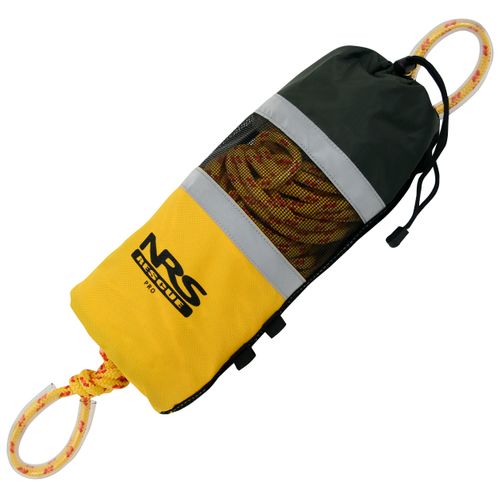

In the 80's and 90's there was limited data on rope strength and degradation after use, shock loading and exposure to UV and chemicals.

The shift to a standard strength for rope and hardware was a direct result of the FDNY LODDs (line of duty deaths) in 1980. I know you’ve presented on the history of rope rescue many times, but can you explain briefly when and why departments first started using half inch ropes? Why have they always been the standard for departments? McCullar instructs other rescuers around the country, consults with his company Craft Rescue, and volunteers as an instructor for the National Cave Rescue Commission. McCullar’s name rings nationwide as a rope rescuer, researcher, teacher and “forever student.” He manages NFPA 1006 rescue programs and serves as a rescue specialist and technical search specialist with FEMA’s Tennessee Task Force 1. Russell McCullar - Senior Instructor at Mississippi State Fire Academy But, what if smaller ropes and different hardware offer more than just a lightweight option? Petzl spoke with experts across the country to ask why the switch to 11mm ropes and T-rated hardware might offer more benefits than you might think. Using specific gear because of tradition, comfort and “this is the way we do it because this is the way we’ve always done it,” is a common practice and belief. For decades, fire departments have been dedicated to NFPA G-rated equipment.


 0 kommentar(er)
0 kommentar(er)
